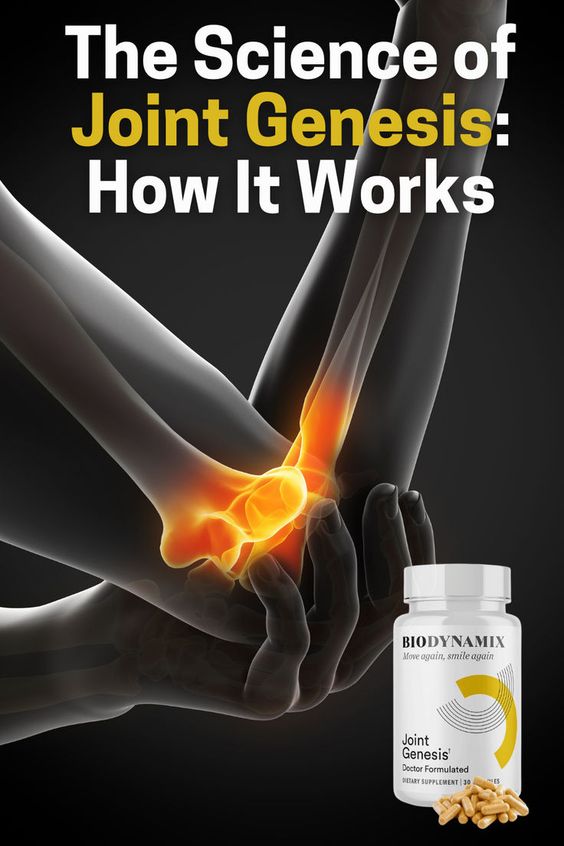Arthritis is a common condition that affects millions of people worldwide, with knee arthritis being particularly prevalent. The inflammation and stiffness can make daily activities challenging, but there are various methods to relieve arthritis pain in knees. This article will explore effective strategies, from lifestyle changes to medical interventions, that can help manage this painful condition.

Understanding Knee Arthritis
Knee arthritis typically falls into two main categories: osteoarthritis and rheumatoid arthritis. Osteoarthritis is a degenerative joint disease caused by wear and tear over time, while rheumatoid arthritis is an autoimmune condition that can affect multiple joints. Both types can lead to pain, swelling, stiffness, and decreased mobility.
Symptoms
Common symptoms of knee arthritis include:
- Pain during movement or after prolonged activity
- Stiffness, especially in the morning or after sitting for long periods
- Swelling and tenderness around the knee joint
- A grating or popping sensation when moving the knee
- Decreased range of motion
Understanding these symptoms is crucial for effectively managing the condition.
Lifestyle Changes
- Weight Management
Excess weight places additional stress on the knee joints, exacerbating pain and inflammation. Losing even a small amount of weight can significantly reduce the load on your knees. Incorporate a balanced diet rich in fruits, vegetables, whole grains, and lean proteins, and consider consulting with a healthcare provider or nutritionist to create a tailored weight loss plan.
- Regular Exercise
While it might seem counterintuitive, regular physical activity is vital for managing knee arthritis pain. Low-impact exercises, such as swimming, cycling, or walking, can strengthen the muscles around the knee, improve flexibility, and reduce stiffness. Aim for at least 150 minutes of moderate aerobic activity each week, along with strength training exercises two days a week.
- Physical Therapy
A physical therapist can design a personalized exercise program that targets your specific needs. They can teach you how to perform exercises correctly and suggest techniques to alleviate pain during daily activities. Physical therapy can also help improve joint function and mobility.
- Use of Assistive Devices
Using assistive devices such as canes, walkers, or knee braces can help reduce the strain on your knees. These devices can provide support, stability, and improve your overall mobility, making it easier to navigate daily tasks without pain.
Home Remedies
- Heat and Cold Therapy
Applying heat or cold to the affected knee can offer immediate relief. Heat therapy, such as warm towels or heating pads, can relax and soothe stiff joints and muscles. Cold therapy, like ice packs, can reduce swelling and numb sharp pain. Alternate between heat and cold to find what works best for you.
- Massage
Gentle massage around the knee area can help reduce pain and promote relaxation. You can use essential oils, such as peppermint or lavender, mixed with a carrier oil, to enhance the soothing effect. Consider seeking the help of a professional massage therapist experienced in treating arthritis.
- Epsom Salt Soaks
Soaking in warm water mixed with Epsom salt can help relax muscles and reduce inflammation. Epsom salt contains magnesium sulfate, which may ease discomfort. Aim for 15-20 minutes in a warm bath a few times a week for optimal benefits.
Dietary Changes
- Anti-Inflammatory Foods
Incorporating anti-inflammatory foods into your diet can help alleviate arthritis symptoms. Foods rich in omega-3 fatty acids, such as fatty fish (salmon, mackerel), walnuts, and flaxseeds, are known to reduce inflammation. Additionally, leafy greens, berries, and nuts can provide antioxidants that combat oxidative stress in the body.
- Limit Processed Foods
Processed foods, high in sugars and unhealthy fats, can increase inflammation and worsen arthritis symptoms. Aim to minimize your intake of sugary snacks, fast food, and highly processed products, focusing instead on whole, unprocessed foods.
- Hydration
Staying hydrated is essential for maintaining joint lubrication. Aim for at least 8 glasses of water a day, adjusting based on your activity level and climate. Herbal teas and broths can also contribute to your fluid intake.
Medical Interventions
- Over-the-Counter Medications
Nonsteroidal anti-inflammatory drugs (NSAIDs), such as ibuprofen or naproxen, can help reduce pain and inflammation. Always consult a healthcare provider before starting any medication, especially if you have underlying health conditions or take other medications.
- Prescription Medications
For more severe pain, doctors may prescribe stronger pain relief medications or corticosteroids to reduce inflammation. Disease-modifying antirheumatic drugs (DMARDs) are often used for rheumatoid arthritis to slow disease progression.
- Injections
Corticosteroid injections can provide temporary relief for inflammation and pain in the knee. Hyaluronic acid injections may also be considered to provide lubrication to the joint.
- Surgery
In cases where conservative treatments are ineffective, surgical options, such as arthroscopy, osteotomy, or knee replacement, may be discussed. These procedures aim to alleviate pain and improve function, especially in advanced cases of knee arthritis.
Conclusion
Living with arthritis pain in the knees can be challenging, but various strategies can help relieve discomfort and improve quality of life. By adopting lifestyle changes, utilizing home remedies, making dietary adjustments, and exploring medical interventions, individuals can effectively manage their symptoms. It’s essential to work closely with healthcare professionals to develop a personalized plan that addresses your specific needs. With the right approach, you can regain control over your mobility and enjoy a more active, fulfilling life.